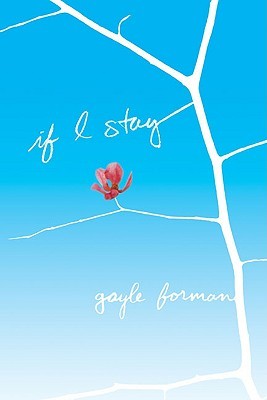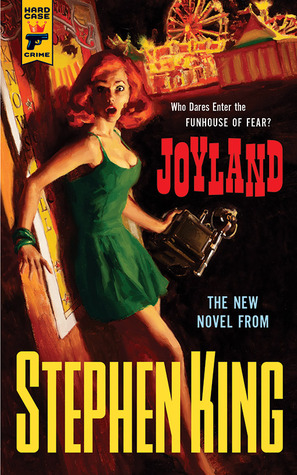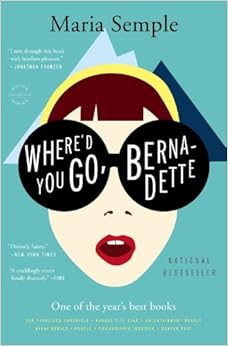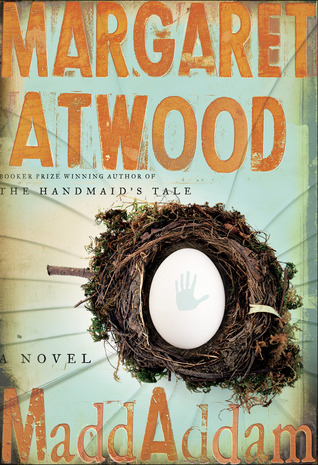(#1) Read 26 Books
1. Firestarter by Stephen King
2. World War Z by Max Brooks
3. Where Men Win Glory by Jon Krakauer
4. Red Hook Road by Ayelet Waldman
5. A Wolf at the Table by Augusten Burroughs
6. The Fault in Our Stars by John Green
7. Open House by Elizabeth Berg
8. The Golden Compass by Philip Pullman
9. The Subtle Knife by Philip Pullman
10. The Amber Spyglass by Philip Pullman
11. White Noise by Don DeLillo
12. Oryx and Crake by Margaret Atwood
13. The Year of the Flood by Margaret Atwood
14. MaddAddam by Margaret Atwood
15. Where'd You Go, Bernadette by Maria Semple
19. The Stranger by Albert Camus
20. Flowers in the Attic by V.C. Andrews
21. Lean In by Sheryl Sandberg22. The Book Thief by Markus Zusak
23. The Kite Runner by Khalid Hosseini
24. The Five People You Meet in Heaven by Mitch Albom
25. Dear Life: Stories by Alice Munro
26. Freedom by Jonathan Franzen
I read a lot of great books this year, and I read possibly an equal amount of crap. Rather than backtracking and reviewing them all, let me just hit the high and low points.
The winners in the must-read, life-altering category: MaddAddam trilogy, which like all of Margaret Atwood's work will make you question your own present as well as humanity's future. And Middlesex which helped me understand what it is like to be two conflicting people at the same time.
The winner for pertinent non-fiction book with real-world applications: Lean In. (Sit at the table ladies. You belong there.)
The winners in the page-turning category: Where'd You Go Bernadette for the most fun; The Kite Runner for the saddest with the best life lessons; and Flowers in the Attic for the biggest gross-out factor.
The most predictably terrible book award goes to The Five People You Meet in Heaven. Why did I even bother with that one?
And the most disappointingly terrible book that I thought I would enjoy goes to The Book Thief. What a waste of an interesting idea.
And the rest! Sorry I didn't get to review each of them. But I'm looking forward to starting on 27 great new books next year!







.JPG)
.JPG)
.JPG)




.JPG)
.JPG)

.JPG)
.JPG)
.JPG)

.JPG)
.JPG)